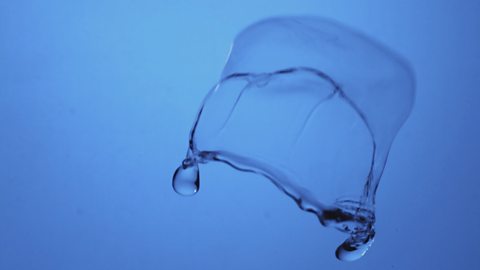Richard Hammond demonstrates how wind is created by differences in air pressure.
He begins by collecting a sample of air inside a sealed tube, transporting it to the top of Mount Washington. Mount Washington is said to have the worst weather in the world, with some of the highest wind speeds ever recorded: 231mph.
At the summit of the mountain – Richard explains that air taken at sea level has a higher pressure than at the top of the mountain. Wind is created when there is a pressure difference.
Teacher Notes
Key Stage 3
This short film could be useful in providing a simple explanation of how wind is formed, and could be used when introducing the concept of air pressure.
You could pause the clip halfway through and ask your students to predict what will happen when Richard releases the air collected. Were their predictions correct? Why did they make that prediction?
Key Stage 4
This short film could be useful when revising the concept of air pressure. Students could be asked to predict what will happen when Richard releases the air collected at sea level.
They could apply their knowledge of pressure changes and discuss what they think would happen in groups.
Curriculum Notes
This short film could be used to teach geography and physics at KS3 and KS4 in England, Wales and Northern Ireland and National 5 in Scotland.
At GCSE it appears in AQA, OCR A, EDEXCEL, EDUQAS, WJEC and CCEA, in SQA at National 5.
More from Richard Hammond's Wild Weather
How can you cool a drink using the sun? video
Richard Hammond uses a beach, a towel, water and a drink to demonstrate how evaporation can be used to cool liquid.
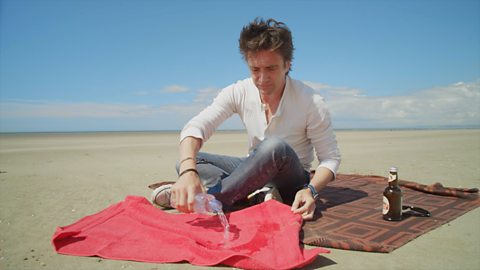
How does a thermal form? video
Richard Hammond demonstrates how thermals are formed through heat from the sun.
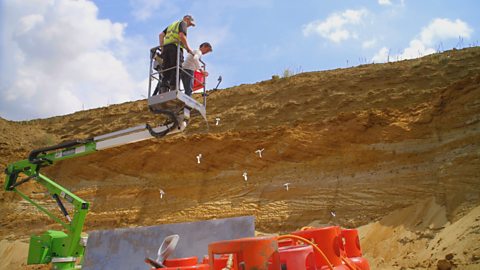
How does hail form? video
Richard Hammond explores the weather conditions that form hail.

How to see thunder. video
Richard Hammond visits Lightning Testing and Consultancy in Oxfordshire to take part in laboratory experiments that demonstrate the effect of thunder within controlled conditions.
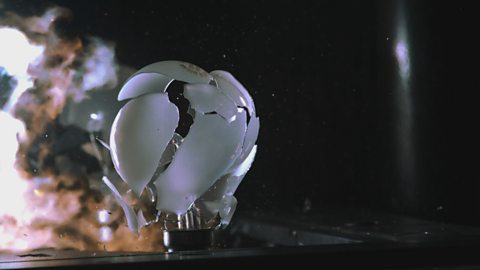
How to use wind to forecast the weather. video
Richard Hammond demonstrates how we can forecast the weather simply by watching the way the wind effects the clouds.
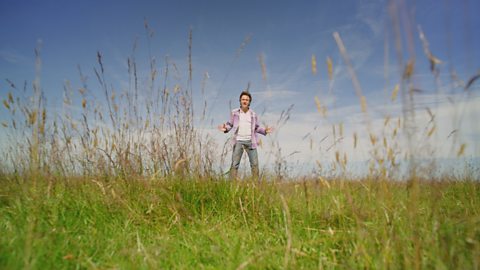
Inside a tornado. video
Richard Hammond explores the properties of a tornado that has been created in laboratory conditions.
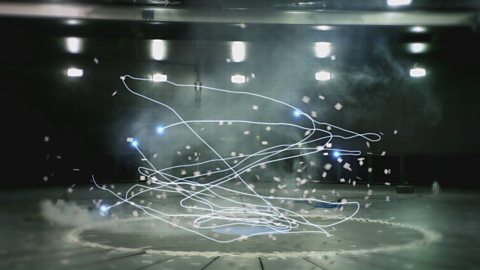
What is the difference between rain and drizzle? video
Richard Hammond demonstrates a visual technique to distinguish between drizzle and rain.
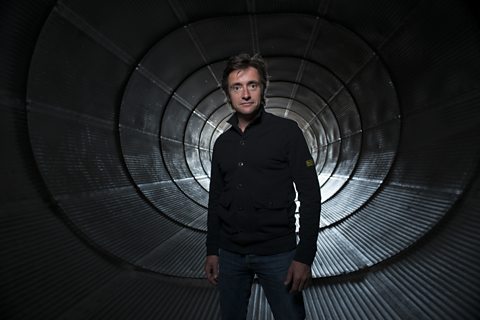
Why does water fall as rain? video
Richard Hammond demonstrates the effect of water on other physical objects.
